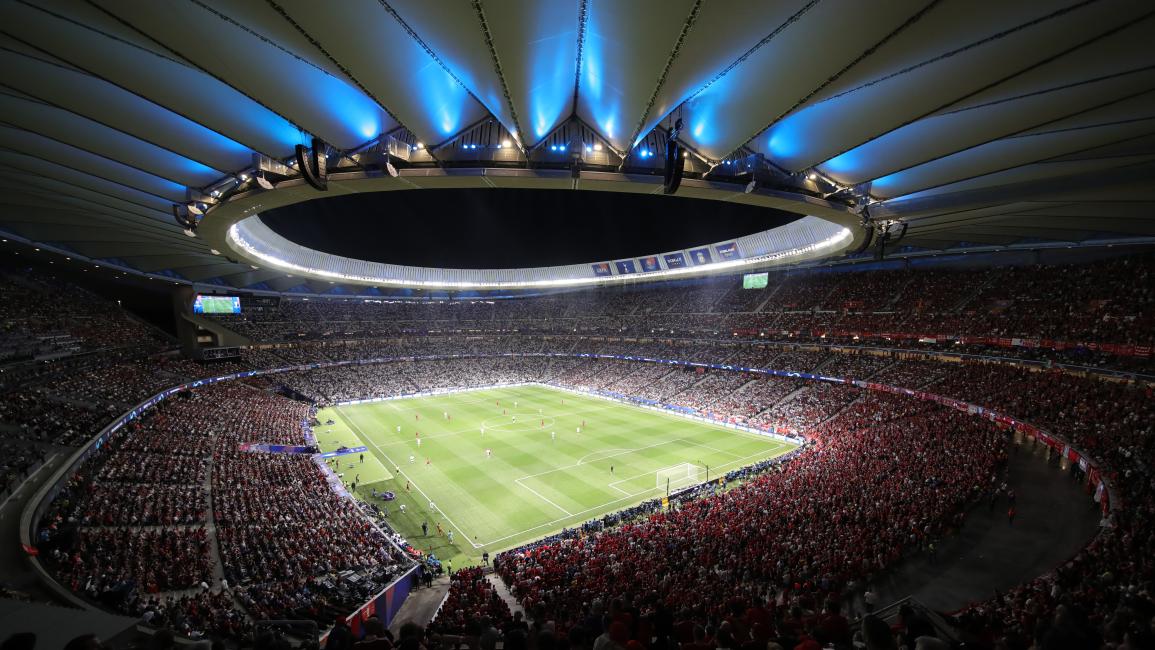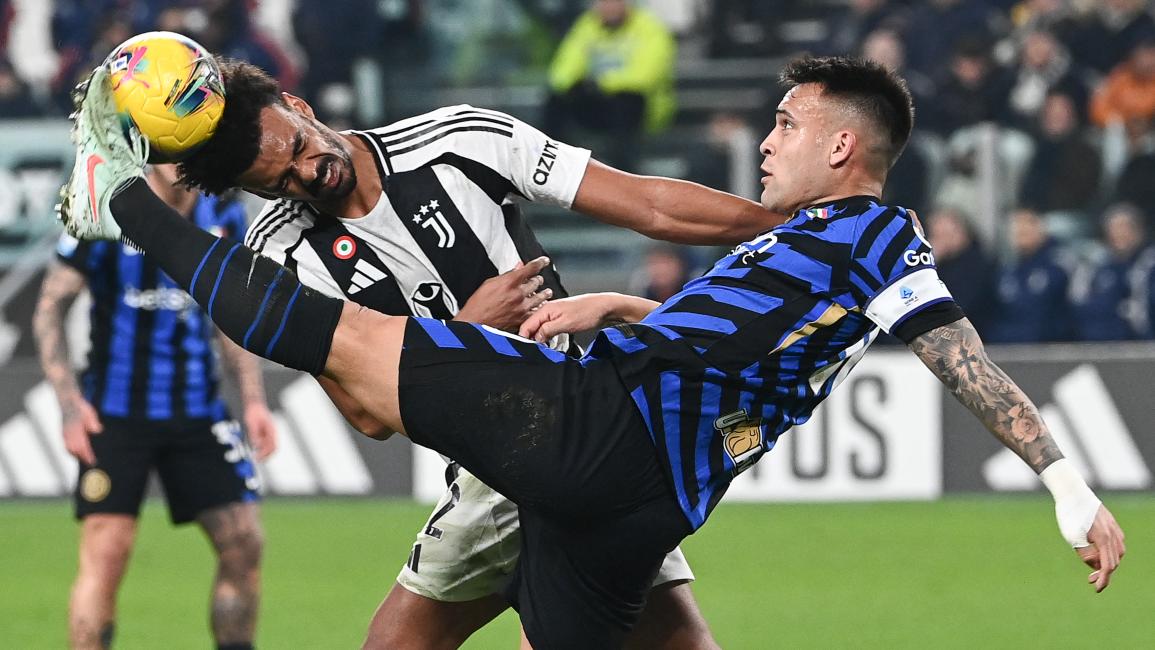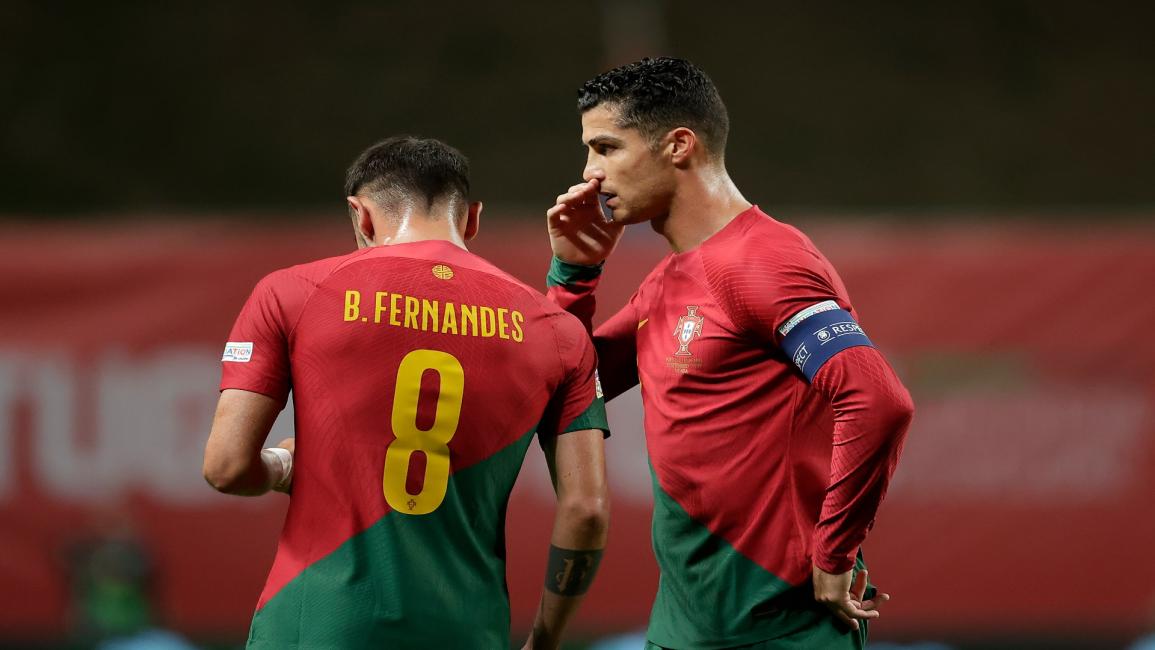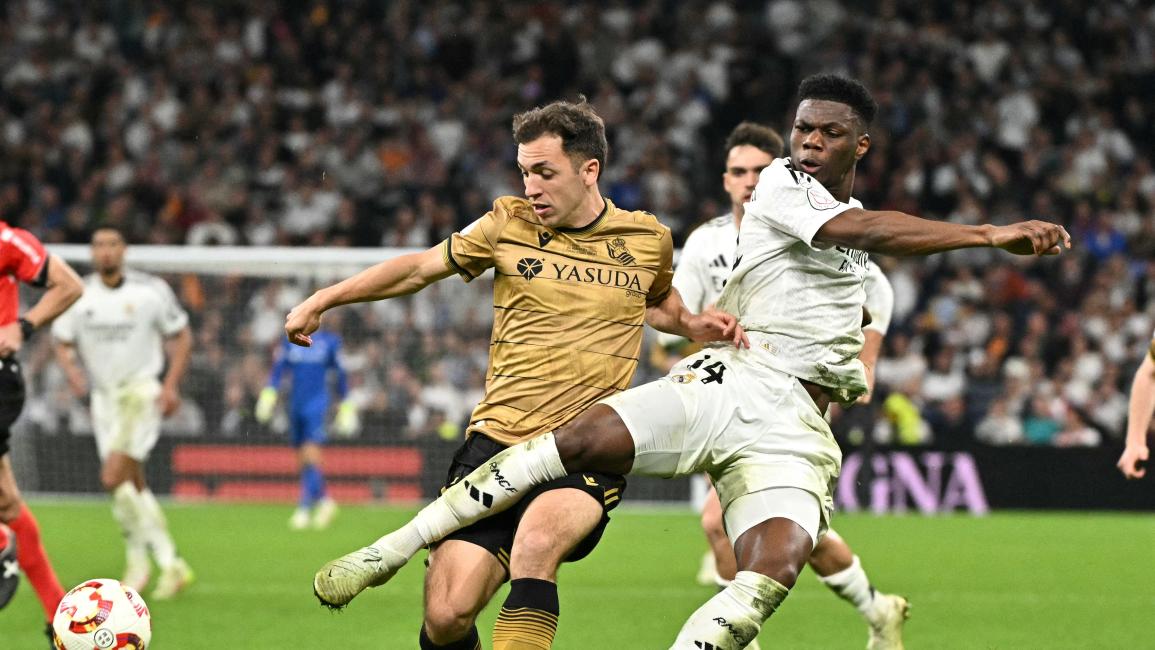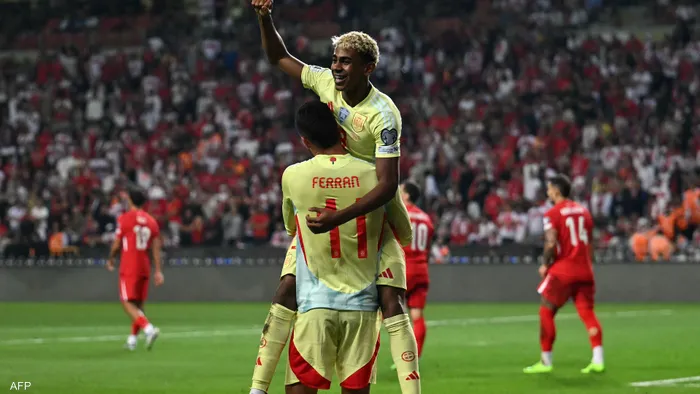Will Europe Continue to Dominate the Club World Cup Against South America?

For decades, the Club World Cup has been the ultimate battleground between the best clubs from Europe and South America. While the tournament features teams from every continent, the spotlight has almost always fallen on this historic rivalry. European clubs, fueled by financial power and world-class talent, have built an era of dominance. Yet South America, with its raw passion, technical flair, and proud tradition, continues to dream of reclaiming the trophy. As the 2025 edition unfolds, fans wonder: can South America finally break Europe’s grip, or will the dominance continue?
Europe’s Golden Era of Dominance
Since the mid-2000s, Europe has turned the Club World Cup into its personal playground. Clubs like Real Madrid, Barcelona, Bayern Munich, Chelsea, and Liverpool have lifted the trophy repeatedly. The financial might of European clubs, combined with the UEFA Champions League’s status as the toughest competition in the world, has created a clear gap between Europe and the rest of the footballing world.
With access to the world’s best players, Europe’s representatives often arrive at the Club World Cup as overwhelming favorites. Their tactical discipline, squad depth, and experience in high-pressure situations make them nearly impossible to stop.
South America’s Struggle
South American champions, usually from Brazil or Argentina, approach the tournament with passion and hunger. Clubs like Flamengo, Palmeiras, and River Plate have all dreamed of shocking Europe on the global stage. But the reality is that many of their best players leave early for Europe, weakening their squads before they can compete at the highest level.
Despite moments of brilliance, South American teams have often been outclassed in finals, their spirit undone by the sheer quality of European opponents. Still, they remain the only realistic challengers capable of upsetting the established order.
Tactical Differences Between the Continents
One of the most fascinating aspects of the Europe vs. South America rivalry lies in contrasting styles. European clubs tend to focus on organization, efficiency, and high-intensity pressing, while South American sides bring flair, unpredictability, and individual creativity.
Matches often reflect this cultural clash: Europe’s machine-like precision against South America’s expressive artistry. Fans love these encounters not only for the trophy at stake but also for the symbolic battle between two footballing identities.
Could 2025 Be Different?
There is growing belief that South America could finally spring a surprise. Several Brazilian clubs have invested heavily in keeping their stars, while Argentina continues to produce talented youngsters hungry for success. If they arrive in top form and catch a European giant off guard, the balance could shift—at least for one night.
On the other hand, Europe shows no sign of slowing down. With squads stacked with world-class talent and backed by billions, their dominance might simply continue. For South America to succeed, they must rely on tactical discipline and moments of brilliance that can tilt the match in their favor.
The Global Audience Factor
The world watches these finals not just for football, but for what they represent. Europe’s victories often symbolize financial power and global influence, while South America’s attempts represent resilience and tradition. This emotional contrast ensures that every encounter feels like more than just a game—it feels like a cultural battle.
The question of whether Europe will continue to dominate the Club World Cup is more than a sporting debate—it’s a reflection of modern football’s inequalities and traditions. Europe has the money, depth, and experience, but South America has passion, heritage, and unpredictability.
In 2025, the rivalry remains alive, and while history favors Europe, football has always thrived on surprises. For fans across the globe, the dream of seeing South America rise again ensures that the Club World Cup will always carry drama, intensity, and hope.
